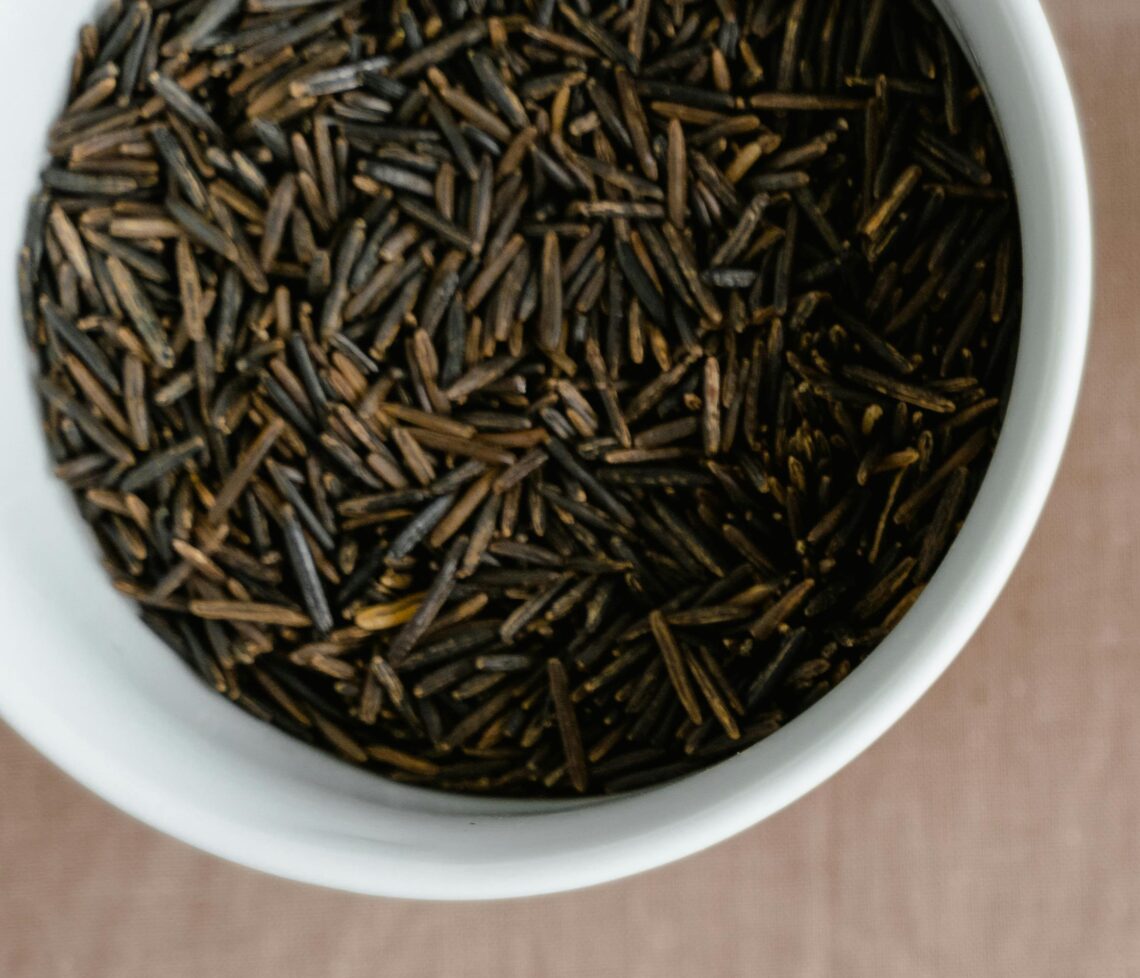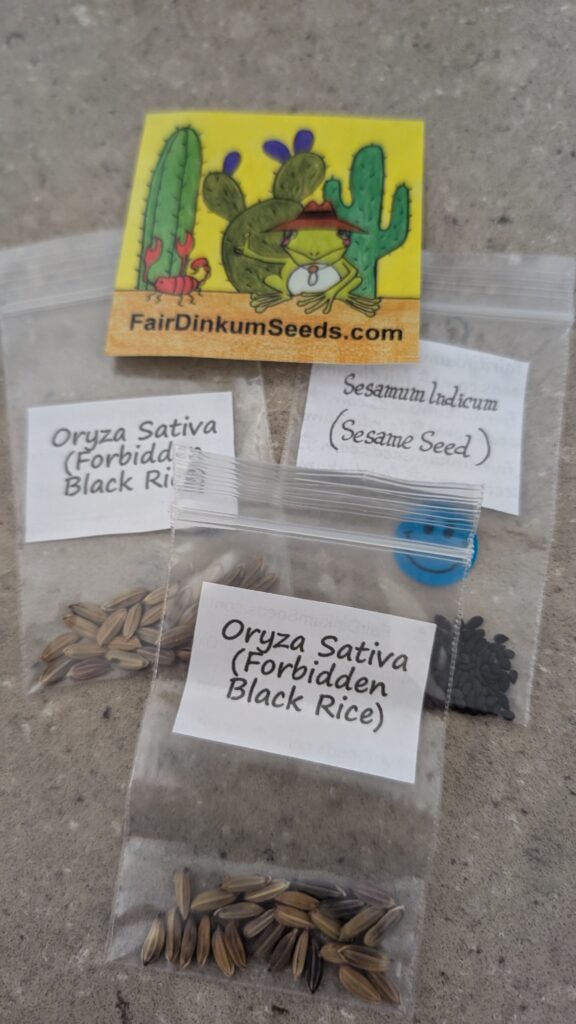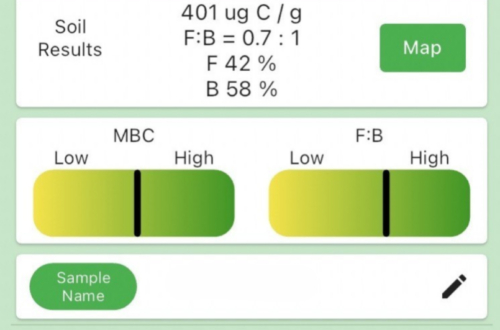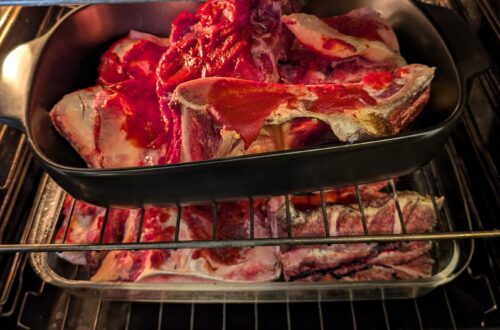
Oryza sativa ‘Forbidden Black’ Rice Part 1
Lets grow some Oryza sativa ‘Forbidden Black’ Rice!
Gardens are my passion, that is definitely an understatement. I view gardening as away to express myself and I enjoy experimenting. Which is often why I try growing everything, even when others recommend against it, from the seeds of apples that will take years to potentially set fruit, that might be unpalatable, to trying to collect and grow my own tulips from seeds which is around a 5-7 year process I should add. so it is no surprise to Lanky or anyone else who experiences my “passion” that the minute I seen i could get some upland rice seeds I dived on it, well after some research to help the chances of a successful harvest.
Choosing seeds.
I wanted to grow the most nutritious rice possible, so I began looking into different growing practices. Rice cultivation falls into two main categories: upland and lowland. When most people think of rice fields, they picture water-logged paddies. Flooding is commonly used for pest management, and many rice varieties are specifically adapted to thrive in these wet conditions. The other method is upland rice cultivation, where rice is grown in non-flooded fields. These varieties do not require, nor do they thrive in, flooded conditions.
For my purposes, I needed to focus on upland rice, as flooding my growing space would be impractical—not to mention the potential water bill!
Next, I turned my attention to the nutritional value of different rice varieties. There are four main colors of rice: white, brown, red, and black. Each color has many varieties, each with its own unique characteristics, flavors, and culinary uses.
Which rice is best?
After some research, I found that black rice emerged as the most nutritious choice, and here’s why:
- High Antioxidant Content:
- Anthocyanins: Black rice is rich in anthocyanins, the same powerful antioxidants found in blueberries, blackberries, and other dark-colored fruits. These compounds have anti-inflammatory and antioxidant properties, helping to protect cells from damage and reduce the risk of chronic diseases.
- Oxidative Stress Reduction: The anthocyanins in black rice help lower oxidative stress, which is associated with aging and various health issues.
- Nutrient Density:
- Vitamins and Minerals: Black rice is a good source of essential nutrients like vitamin E, iron, zinc, and magnesium. Vitamin E is especially known for its antioxidant power.
- Fiber: It has a higher dietary fiber content compared to white rice, which aids digestion, helps maintain healthy blood sugar levels, and promotes heart health.
- Low Glycemic Index:
- Black rice has a lower glycemic index than white rice, leading to a slower, more controlled rise in blood sugar levels. This makes it a better option for individuals with diabetes or those aiming to manage their blood sugar.
- Protein Content:
- Black rice has a higher protein content than many other rice varieties. Protein is vital for muscle repair, immune function, and overall cellular health.
- Phytochemicals:
- In addition to anthocyanins, black rice contains other beneficial phytochemicals that may have anti-inflammatory and anti-cancer properties.
- Heart Health:
- The combination of high fiber and anthocyanins in black rice supports cardiovascular health by lowering cholesterol levels and improving blood vessel function.
Comparison with Other Types of Rice:
- White Rice: Black rice is much more nutritious than white rice, which loses fiber, vitamins, and minerals during processing.
- Brown Rice: While brown rice retains its bran and germ, making it more nutritious than white rice, it generally doesn’t match the antioxidant levels of black rice.
- Red Rice: Like black rice, red rice is rich in antioxidants and nutrients but contains different phytochemicals. Both are excellent choices for those seeking nutrient-dense, antioxidant-rich options.
After reviewing all this information, my next step was to find a supplier of black rice. At this point, I hadn’t chosen a specific variety yet; I was simply looking for upland black rice to fit my growing conditions.
Sourcing seeds and settling on a variety.
This processes was probably the easiest process I’ve experienced in a long time, it took me years to find an Egyptian walking onion supplier, it took me minutes to find a black rice seed supplier. simplicity was the key I googled “black rice seeds” and the third supplier on the list I had previously seen a friend buy seeds from so I clicked their link and read the description. Resulting in the cultivation being chosen as well as the supplier. I purchased 2 packets of seeds through fair dinkum seeds, see here.
so I was set to await the arrival of my order, during this time I did lots of research on when to plant and how to grow. Research told me, the best time to plant forbidden black rice (Oryza sativa) is typically in late spring to early summer, around October to November. This timing takes advantage of the warmer weather, which is essential for rice growth. I should try to avoid any frost, so plant after my estimated last frost date and soil temp should consistently be above 20°C. Rice loves 6-8 hours of direct sunlight each day. It requires regular watering to keep the soil consistently moist especially during germination and early growth. By planting in October to November, the rice plants can mature during the warmer months, with harvest time typically falling around late summer to early autumn (February to April).
Arrival of the seeds
The seeds arrived after about a week, FiarDinkumSeeds was kind enough to send me a free pack of Sesame Seeds which I will attempt to grow along with the rice. My aim is to plant them out in containers, either pots or a few old bathtubs to begin with. If I manage to grow them successfully then during October ’25 I hope to have a dedicated plot set up for the next generation of planting. this method will allow me to monitor the condition of the plants more easily and adjust anything if need be.

Sums around planting and harvesting
Each seed will need a 20cmX20cm growing space. Forbidden black rice typically yields around 20 to 30 grams of dry rice per plant under ideal growing conditions. assuming that I manage to get each plant to harvest 20 grams that will result in a 800 gram harvest off 40 plants.
I did calculate how many seeds that would give me which is approximately 32,000 (assuming each seed weighs 0.025grams).
and for fun I calculated that if I planted all those seeds how many kilos I would end up with the answer being 640kilos… this is far more then my family would eat in a year and to be honest I don’t think i would enjoy growing that much rice. so I did some sums and figured on a high consumption week we as a family would eat about 1kg of rice which means at 20grams a plant we would need to grow 2,600 plants.
will I go down that avenue and attempt to grow enough to feed the mob for the year? well I’m not sure yet, I guess we will just have to wait and see.
If you want to see how our soil tests have turned out head here.



